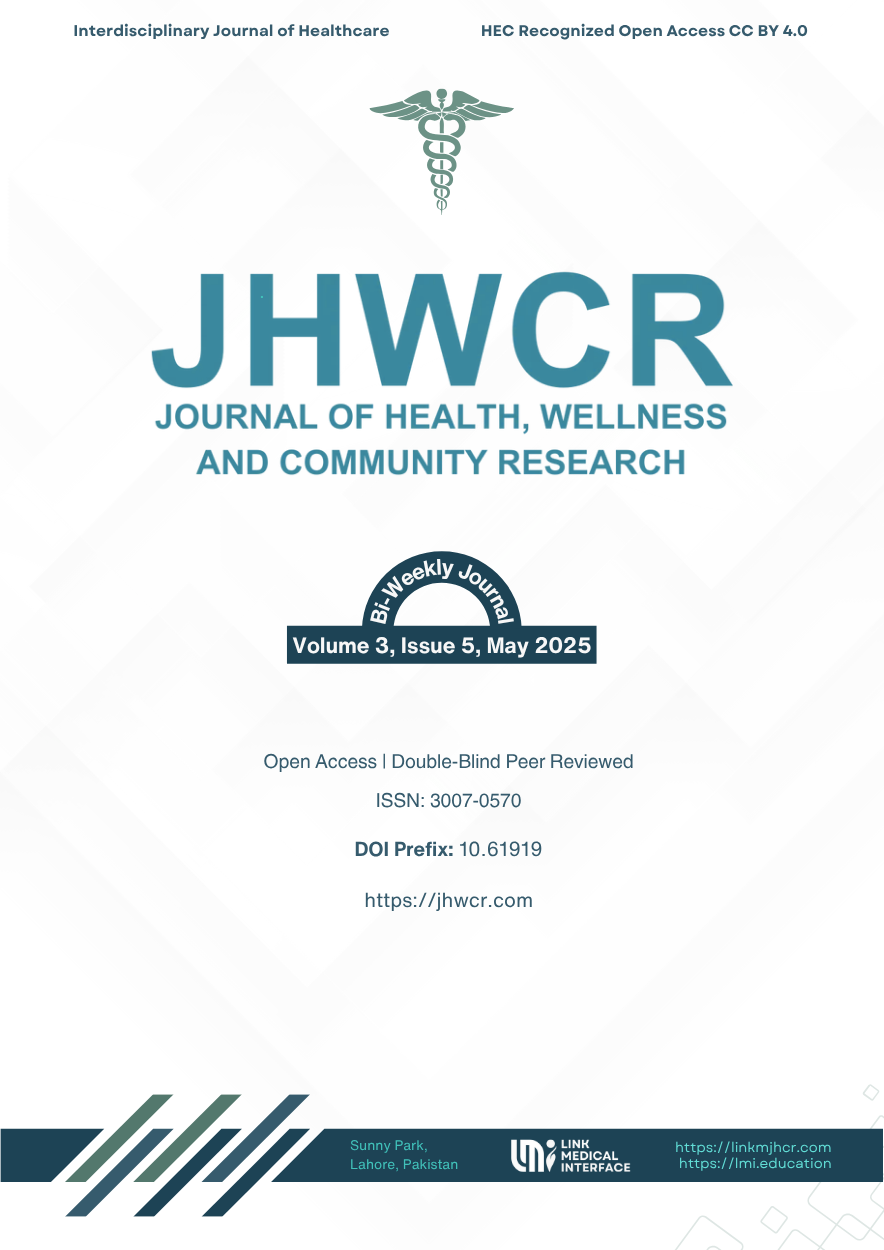Comparative Study of Nalbuphine and Midazolam Effects on Hemodynamic Responses During Orthopedic Surgeries
DOI:
https://doi.org/10.61919/axnba550Keywords:
Hemodynamic Stability, Nalbuphine, Midazolam, Orthopedic Surgery, Perioperative Care, Blood Pressure, Randomized Controlled TrialAbstract
Background: Hemodynamic instability during orthopedic surgery is a major contributor to perioperative morbidity, yet the comparative effects of commonly used anesthetic agents such as nalbuphine and midazolam on cardiovascular parameters remain underexplored. Objective: This study aimed to compare the perioperative effects of nalbuphine and midazolam on hemodynamic stability—including mean arterial pressure, heart rate, and blood pressure—in adult patients undergoing elective orthopedic surgery. Methods: In this prospective comparative study, 60 adult patients (n = 30 per group) scheduled for elective orthopedic procedures were randomized to receive either intravenous nalbuphine or midazolam. Inclusion criteria encompassed ASA physical status I–II adults aged 18–65 years; patients with cardiovascular or respiratory disease, hypersensitivity to study drugs, or chronic opioid/sedative use were excluded. Hemodynamic parameters were monitored preoperatively, intraoperatively, and postoperatively using calibrated multiparametric monitors. The primary outcome was perioperative mean arterial pressure, with secondary outcomes including incidence of tachycardia and hypotension. Data were analyzed using SPSS version 27 with t-tests, chi-square, and repeated measures ANOVA. The study protocol was approved by the institutional ethics board and complied with the Declaration of Helsinki. Results: The nalbuphine group demonstrated significantly higher intraoperative mean arterial pressure (92 ± 6 mmHg vs. 85 ± 8 mmHg, p = 0.02) and reduced incidence of tachycardia (15% vs. 35%, p = 0.04) and hypotension (10% vs. 30%, p = 0.04) compared to the midazolam group, reflecting improved hemodynamic stability. Conclusion: Nalbuphine offers superior perioperative hemodynamic stability compared to midazolam, suggesting its preferential use in orthopedic patients at risk for cardiovascular fluctuations and highlighting its value in optimizing surgical safety and recovery.
Downloads
Published
Issue
Section
License
Copyright (c) 2025 Rabia Javaid, Alina Tariq, Mohsin Raza, Usman Tariq, Zoya Nadeem, Shakir Hussain (Author)

This work is licensed under a Creative Commons Attribution 4.0 International License.


